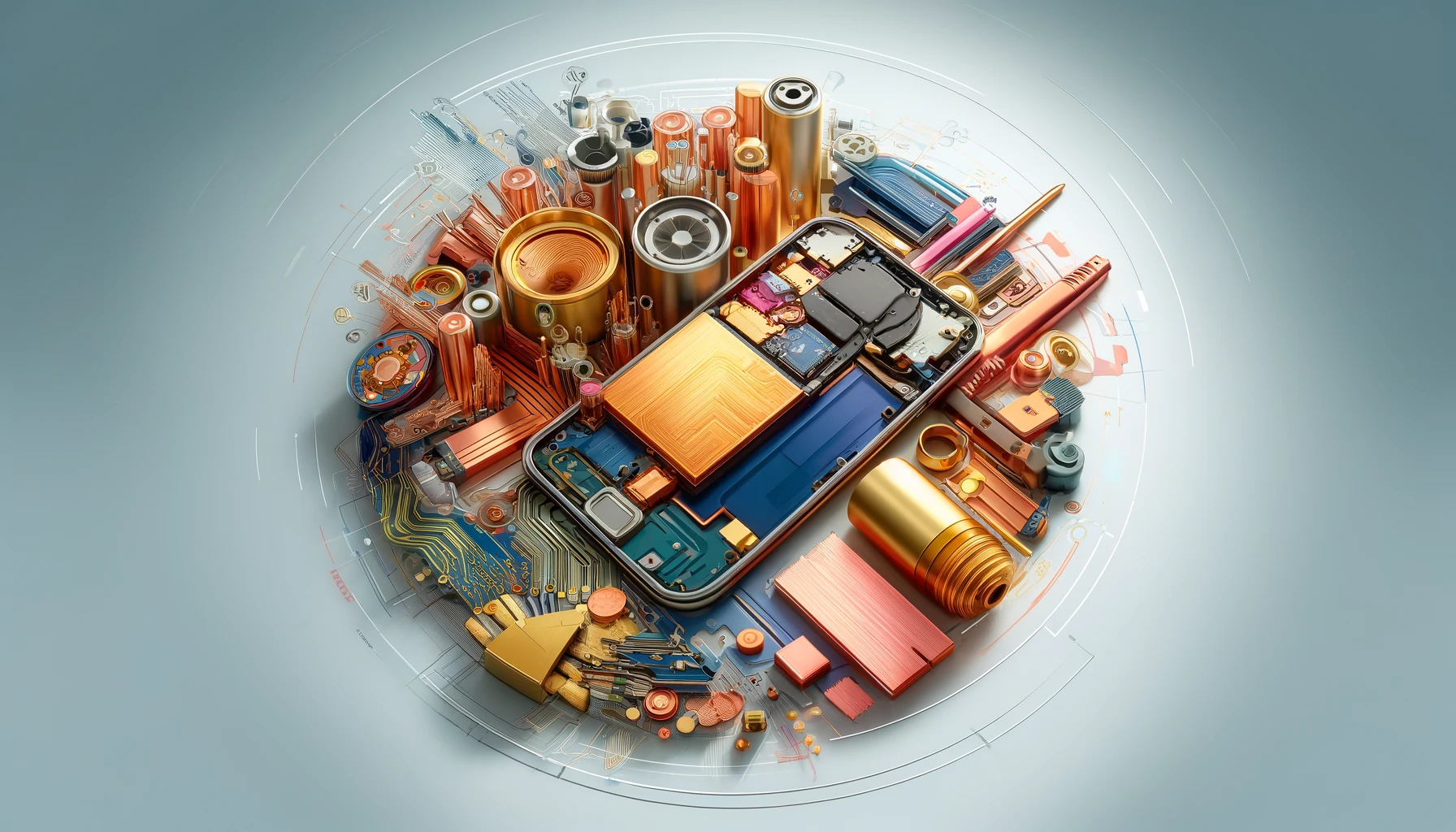E-waste, consisting of discarded electronic appliances and gadgets, is one of the fastest-growing waste streams in the world, driven by high turnover rates of electronic devices and continuous advancements in technology. Without adequate management strategies, the disposal of e-waste leads to significant environmental pollution and health risks due to the release of toxic substances. However, embracing circular economy principles provides a systematic approach to not only reduce these impacts but also to recover valuable materials, promoting sustainability and economic efficiency.
The Circular Economy Model
The circular economy model is a regenerative approach designed to minimize waste through the continual use of resources. This model is particularly pertinent to e-waste management because it emphasizes the restoration and regeneration of products and materials. In this context, the circular economy helps in extending the lifecycle of electronics, promoting the repair, refurbishment, and recycling of components, and thereby reducing the reliance on virgin resources and decreasing environmental degradation.
Technological Innovations in E-Waste Management
Innovative technologies are at the forefront of transforming e-waste into a valuable resource. Advanced recycling technologies now allow for more efficient separation of electronic components and the extraction of precious metals such as gold, silver, and platinum with higher precision and lower environmental impact. For example, new thermal and chemical treatment processes have been developed to safely and effectively recover metals from circuit boards and batteries. These technological advancements are critical in reducing the footprint of e-waste recycling processes.
Successful Business Models for E-Waste
Several companies are leading the way in implementing successful business models that align with circular economy principles. These companies specialize in the refurbishment and resale of used electronics, offering consumers affordable alternatives while reducing waste. Furthermore, some firms have pioneered the concept of electronic waste mining, where e-waste is processed to extract valuable minerals, creating a profitable loop of materials that re-enter the production cycle. These models not only foster economic growth but also encourage sustainable consumption patterns.
Policy and Regulation
Effective policy and regulatory frameworks are essential to support the adoption of circular economy practices in e-waste management. Several countries have introduced legislation that requires producers to take responsibility for the entire lifecycle of their products, including take-back schemes and recycling quotas. Incentives for companies adopting green practices, such as tax breaks and subsidies, also play a crucial role in promoting sustainable e-waste management. These policies ensure that businesses and consumers move towards more sustainable practices, significantly impacting the reduction of e-waste.
The integration of technology with circular economy principles presents a promising solution to the growing problem of e-waste. Through innovative recycling technologies and sustainable business models, supported by robust policy frameworks, e-waste can be transformed from an ecological burden into an economic opportunity. This shift is not only crucial for environmental sustainability but also for fostering a resilient and resource-efficient economy.
